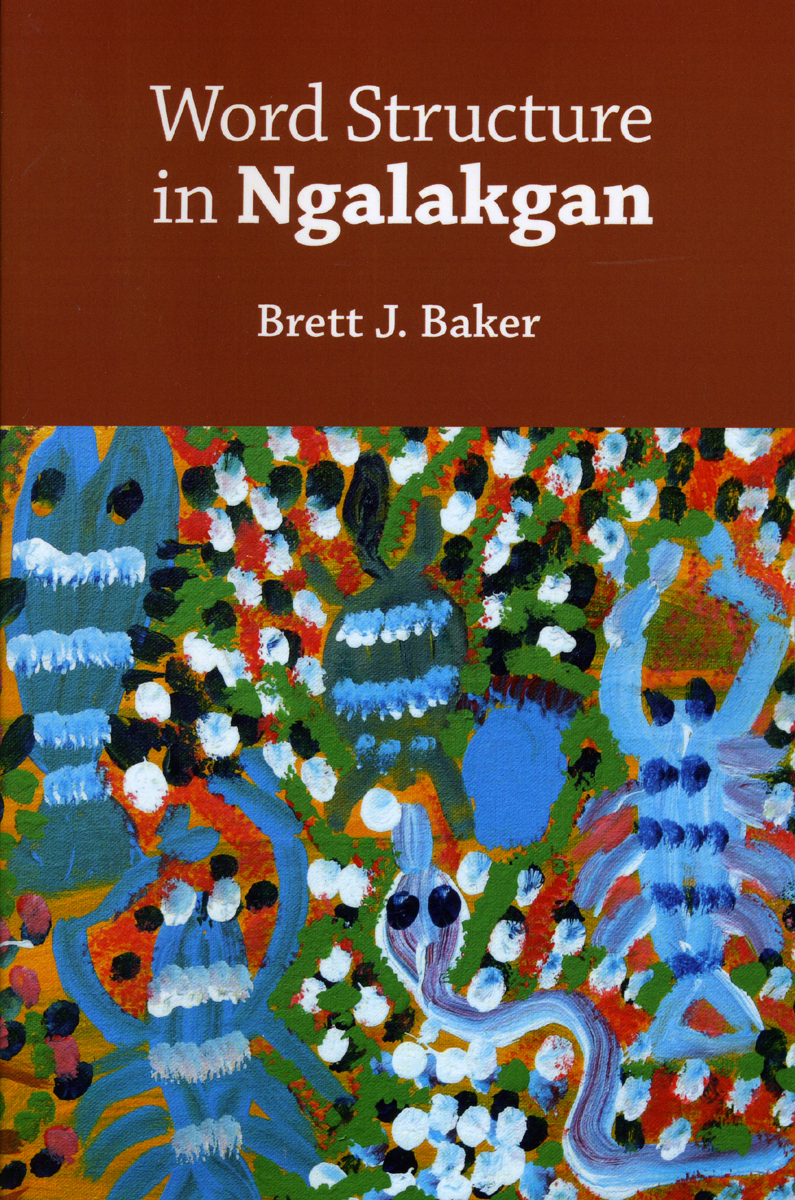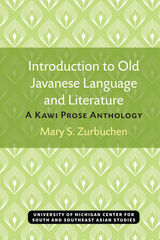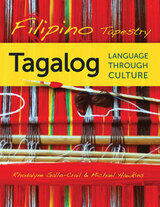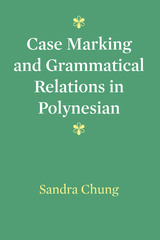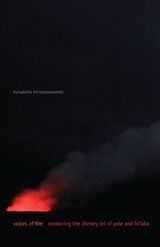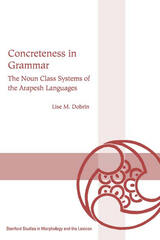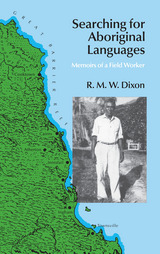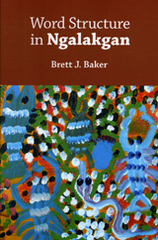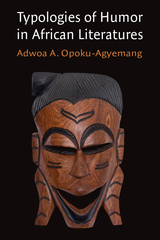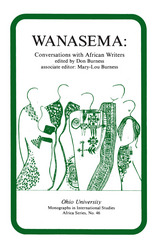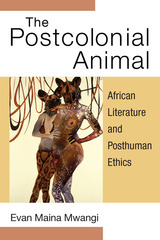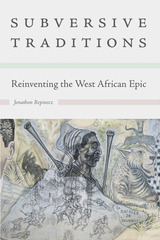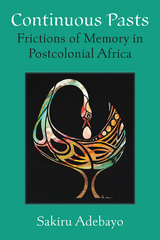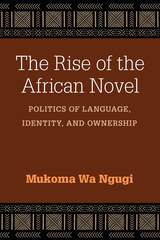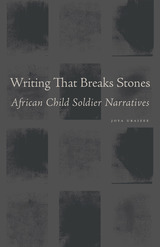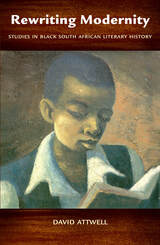Word Structure in Ngalakgan
CSLI, 2008
Paper: 978-1-57586-562-1 | eISBN: 978-1-57586-765-6
Library of Congress Classification PL7101.N447B35 2008
Dewey Decimal Classification 499.15
Paper: 978-1-57586-562-1 | eISBN: 978-1-57586-765-6
Library of Congress Classification PL7101.N447B35 2008
Dewey Decimal Classification 499.15
ABOUT THIS BOOK | AUTHOR BIOGRAPHY | TOC
ABOUT THIS BOOK
Word Structure in Ngalakgan is the first major theoretical work on the phonology and morphology of an Australian language in 20 years. Ngalakgan is a non-configurational, polysynthetic, and agglutinative language of the Gunwinyguan family. The morphological structures of Ngalakgan require a two-level analysis: ROOT-level and WORD-level. Only the WORD-level shows regular phonologically conditioned alternations. The ROOT-level is entirely frozen. Baker demonstrates that Optimality Theory must take account of differences in the productivity of morphological relations in the input, in order to maintain the simplest analysis. Ngalakgan has a quantity-sensitive stress system which is hitherto undescribed and which contradicts the predictions of current Moraic Theory. Syllables closed by codas which share place with a following onset do not count as heavy even though heterorganic codas do. The same system is found in neighbouring languages. This and other patterns suggest that syllabification in these languages is gesture-, rather than timing-, based.
See other books on: Language Arts & Disciplines | Linguistics | Morphology | Phonology
See other titles from CSLI
